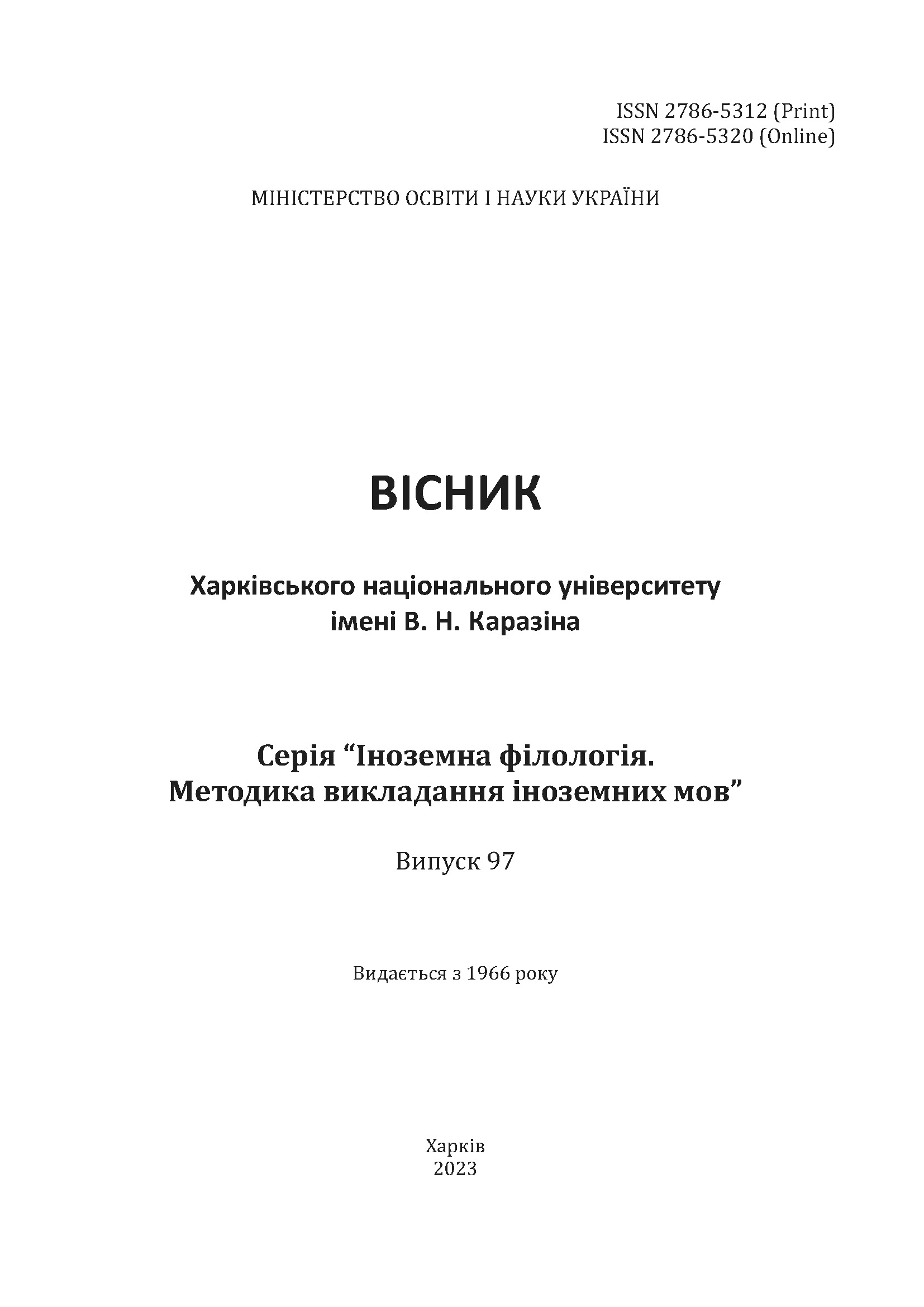Teaching language systems
Abstract
“Would you tell me, please, which way I ought to go from here?” asked Alice.
“That depends a good deal on where you want to get to,” said the Cheshire Cat.
(Lewis Carroll: “Alice’s Adventures in Wonderland”)
Without preliminary planning and its precise fulfillment, without continuous professional development, the journey to achieve the goal for a teacher may actually become a long one, and the final destination may be “somewhere” that he did not expect at all. Hence, lesson planning is an important and integral part of the teaching process. From this perspective, the authors of the given paper give great importance to sound understanding of different lesson structures, strictly differentiating skills (receptive, productive) lesson frameworks from systems (grammar, vocabulary, functional language) lesson shapes.
The article is focused on a detailed study of systems lesson diagrams; more precisely the TTT (Test -Teach -Test) and TBL (Text - based lesson) approaches are presented. The categories of clarification or presentation are especially noteworthy, as clarification of the target language (Meaning, Form and Pronunciation) is considered one of the main stages of the lesson plan. To help students to learn the target language, the method of Guided Discovery is presented and clarified based on the example of a grammatical unit.
Finally, the means to check student’s understanding of what you have just explained to him have not been left unaddressed either. The authors give special priority to the application of CCQs (concept checking questions) for checking or guiding the student’s understanding of the meaning of the target language.
Based on Cambridge CELTA course (the most widely recognized English teaching qualification in the world) Lesson Plan template, the authors present detailed analysis of grammatical, lexical and functional units.
Downloads
References
Cambridge online dictionary, last accessed at: https://dictionary.cambridge.org/dictionary/english/how-about 22.01.2023
Cambridge online dictionary, last accessed at: https://dictionary.cambridge.org/dictionary/english/restaurant 22.01.2023
Mickan P. (2011), “Text-Based Teaching: Theory and Practice”, University of Adelaide, provided by Tokushima University Institutional Repository. pp18-21
https://core.ac.uk/reader/197191410
Harmer J. (1998), “How to teach English”, Addison Wesley Longman Limited, 1998. p121.
Harmer, J., (2001). “The practice of English Language Teaching”, Longman, 2001, 3rd edition, p. 206
Skrivener J. (2005) “Learning Teaching”. A guidebook for English Language Teachers. 2nd edition, Macmillan pp.109, 265, p. 279-280
Workman G.(2016), “Concept Questions and Time Lines”. Chadburn Publishing, 2016. pp.2,6
https://www.pdfdrive.com/concept-questions-and-time-lines-e187340546.html




